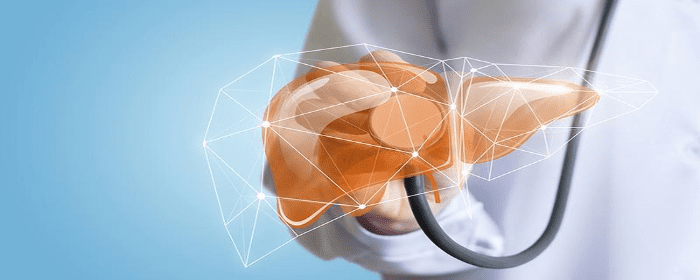
by admin | Dec 29, 2018 | Mesenchymal Stem Cells, Osteoarthritis, Stem Cell Therapy
Most large joints of the body contain cartilage, a substance that is softer and more flexible than bone. Because of its softness and flexibility, cartilage is well-suited to protect the bones as they move across one another. Unfortunately, this softness and flexibility also makes cartilage prone to injury and erosion. In patients with osteoarthritis, forexample, cartilage breaks down to the point that bone rubs against bone,causing pain and disability. Certain injuries can damage the cartilage (i.e.osteochondral lesion), which can essentially have the same effect.
Once the cartilage of joints has become damaged, there is
little that can be done to fix it. Patients may receive steroid injections into
the joint to reduce inflammation, and may rely on pain medications to relieve
the pain and swelling. Short of joint replacement therapy, no treatments can
reverse cartilage damage once it has occurred.
Fortunately, mesenchymal stem cells may soon be able to reverse cartilage defects that arise from osteochondral lesions and osteoarthritis. Wakitani and colleagues took samples of patients’ bone marrow, which contains mesenchymal stem cells. They then used various laboratory techniques to increase the number of stem cells in the sample. Four weekslater, the researchers then reinjected the concentrated stem cells back intothe same patient using their own source of stem cells. The Wakitani groupshowed that stem cell transplantation improved the patient’s clinical symptoms bysix months, a benefit that continued for two years on average. Samples takenfrom the patients 12 months later showed that the damaged cartilage had beenrepaired. In other work, Centeno and co-authors showed that bone marrow-derived mesenchymal stemcells could increase the volume of cartilage, reduce pain, and increase rangeof motion 24 weeks after stem cell transplantation.
Research continues to determine which stem cells are most useful, how many stem cells should be injected, how many injections need to be administered, and how should those stem cells be prepared before they are injected? Nonetheless, certain groups are making great strides in this area. In fact, the recent discovery of human skeletal stem cells promises to accelerate stem cell research into treating disorders of bone and cartilage.
Reference
Schmitt et al. (2012). Application of Stem Cells in Orthopedics. Stem Cells International. 2012: 394962

by admin | Dec 7, 2018 | Studies, Mesenchymal Stem Cells, Umbilical Stem Cell
Liver failure is a serious, potentially fatal condition in which large swaths of liver cells become dysfunctional and die. Liver failure is the result of several conditions including chronic alcohol consumption, exposure to drugs that are toxic to the liver (e.g. acetaminophen), autoimmune diseases, or infections such as hepatitis C. Liver failure causes several metabolic abnormalities including dangerously low levels of sodium, potassium, and phosphate in the blood. Moreover, four in 10 people with liver failure have trouble regulating their blood glucose levels, which can cause profound hypoglycemia. Since the liver detoxifies the blood, when the liver fails, patients can experience confusion from excessive amounts of ammonia and other substances in the blood. Seizures are also possible.
Short of liver transplantation, there are very few treatments for liver failure. Most treatments focus on restoring sodium, potassium, phosphate, and glucose levels in the blood, and bringing down ammonia levels. Fortunately, experiments show that human mesenchymal stem cells may be a promising treatment for liver failure.
Researchers enrolled 43 people with acute-on-chronic liver failure caused by hepatitis B infection. In this group, 24 patients were treated with mesenchymal stem cells derived from human umbilical cord and 19 patients received a saline solution. The groups received stem cells or placebo, respectively, three times every four weeks. Patients treated with mesenchymal stem cells showed better measures of liver function than those who received placebo. Livers of the patients treated with stem cells produced much more protein, albumin, and clotting factors, and were better able to process bilirubin. Importantly, no significant side effects were observed during the trial.
Given the serious nature of liver failure and the lack of effective treatments (besides liver transplant), this research is incredibly exciting. It offers hope that through further research scientists will be able to use mesenchymal stem cells to change the outcomes of people with acute-on-chronic liver failure.
Reference: https://stemcellsjournals.onlinelibrary.wiley.com/doi/abs/10.5966/sctm.2012-0034



 St. Petersburg, Florida
St. Petersburg, Florida
